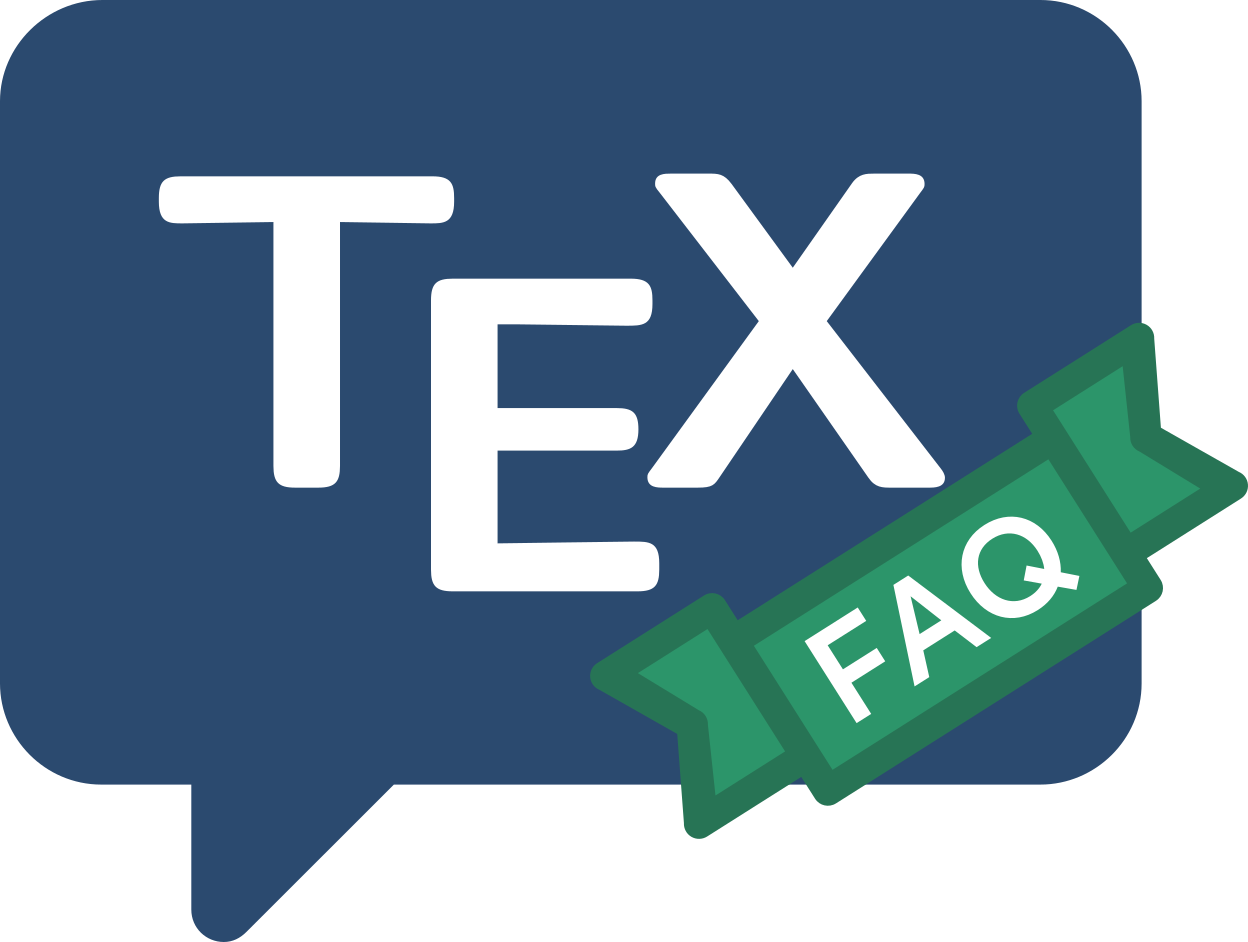
Frequently Asked Question List for TeX
Errors
How to approach errors
Since TeX is a macroprocessor, its error messages are often difficult to understand; this is a (seemingly invariant) property of macroprocessors. Knuth makes light of the problem in the TeXbook, suggesting that you acquire the sleuthing skills of a latter-day Sherlock Holmes; while this approach has a certain romantic charm to it, it’s not good for the “production” user of (La)TeX. This answer (derived, in part, from an article by Sebastian Rahtz in TUGboat 16(4)) offers some general guidance in dealing with TeX error reports, and other answers in this section deal with common (but perplexing) errors that you may encounter. There’s a long list of “hints” in Sebastian’s article, including the following:
- Look at TeX errors; those messages may seem cryptic at first, but they often contain a straightforward clue to the problem. See the structure of errors for further details.
- Read the
logfile; it contains hints to things you may not understand, often things that have not even presented as error messages. - Be aware of the amount of context that TeX gives you. The
error messages gives you some bits of TeX code (or of the
document itself), that show where the error “actually happened”;
it’s possible to control how much of this “context” TeX actually
gives you. LaTeX (nowadays) instructs TeX only to give you
one line of context, but you may tell it otherwise by saying
\setcounter{errorcontextlines}{999}in the preamble of your document. (If you’re not a confident macro programmer, don’t be ashamed of cutting that 999 down a bit; some errors will go on and on, and spotting the differences between those lines can be a significant challenge.)
-
As a last resort, tracing can be a useful tool; reading a full (La)TeX trace takes a strong constitution, but once you know how, the trace can lead you quickly to the source of a problem. You need to have read the TeXbook (see books about TeX) in some detail, fully to understand the trace.
The command
\tracingallsets up maximum tracing; it also sets the output to come to the interactive terminal, which is somewhat of a mixed blessing (since the output tends to be so vast — all but the simplest traces are best examined in a text editor after the event).The LaTeX
tracepackage (first distributed with the 2001 release of LaTeX) provides more manageable tracing. Its\traceoncommand gives you what\tracingalloffers, but suppresses tracing around some of the truly verbose parts of LaTeX itself. The package also provides a\traceoffcommand (there’s no “off” command for\tracingall), and a package option (logonly) allows you to suppress output to the terminal.
The best advice to those faced with TeX errors is not to panic:
most of the common errors are plain to the eye when you go back to the
source line that TeX tells you of. If that approach doesn’t work,
the remaining answers in this section deal with some of the odder
error messages you may encounter. You should not ordinarily need to
appeal to the wider public for assistance, but if you do,
be sure to report full backtraces (see errorcontextlines above) and so on.
FAQ ID: Q-erroradvice